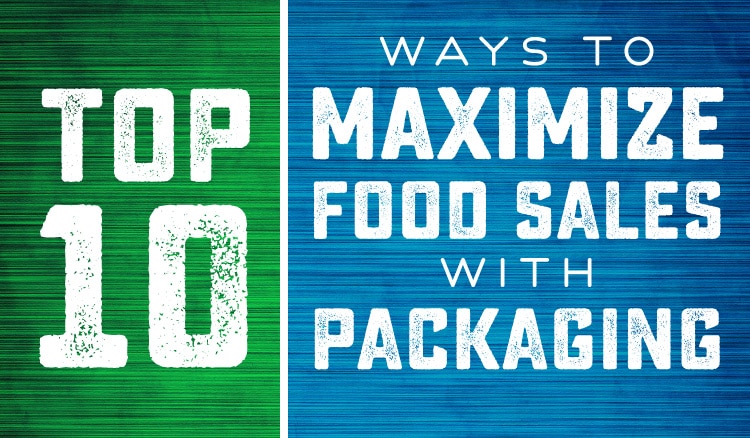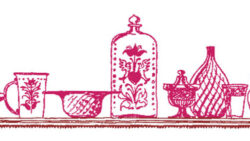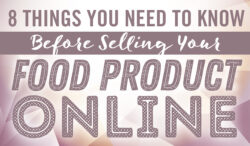Recently I’ve been getting a lot of questions about best practices to sell a packaged food product. While I’ve touched on many of these topics in the past, I thought it would be helpful to have a quick overview in once place—a cheat-sheet, if you will. These are general points to keep in mind when developing any food package, to make sure you’re giving your product its best shot.
- Attract attention. Whether the product is sold online or in stores, the packaging needs to catch the eye to attract interest. If the product does not stand out and look interesting then the consumer will not look further. For online products, consider how the image looks at a thumbnail size.
- Consider context. Always consider how a package will perform. A design may look good by itself but in reality, will it be noticed on a crowded shelf? Review the competition in the category and make sure your design and words stand out. For online products, consider how the design looks among competing products at thumbnail size.
- Emphasize the name. The product name should be the most prominent item on the front panel so the consumer can instantly understand what the product is. The brand logo should be secondary. (There are exceptions to this when the brand and product are extremely well known such as Coke or Pepsi.)
- Instantly inform. A product has only about 2-3 seconds at best for a consumer to decide to pick it up or click to learn more. Next to understanding what the product us, the package should convey how it’s different from its competitors. Thus, the front panel of a package is of most importance. Include any key selling points on the front panel as well.
- Show the product. Whenever possible, it’s almost always best to show the actual product through a window of a box, pouch or bag, or other transparent part of the packaging such as outside the label on a jar. Consumers like to see what they are buying, and this also conveys confidence in quality on the manufacturer’s part. However, you don’t want to show any undesirable parts of the package such as crumbs or broken pieces at the bottom of the pouch, or empty space at the top of a container.
Keep in mind, when it’s not possible to show the product, a high-quality photo of the product can be used or photos of the signature ingredients or flavors—whatever makes the most sense given the product. A poor-quality photo can be a big turnoff. - Connect emotionally. On the back or secondary panel of a package, elaborate on the product—again, in an enticing way. This is called romance copy. If the consumer has gotten this far (and remember, it all happens rapidly), the romance copy can clinch the sale. Touch on your brand story briefly to enhance the emotional connection with the consumer. At the very least, indicate what the brand values are and what consumers can expect from the brand—your brand promise.
- Give usage ideas. Include ideas or a list of ways to use the product, particularly ways that may not be obvious. For example if a sauce also makes a great marinade or dressing. When the product is more versatile it becomes more attractive and a better buy.
Additionally, if you have a short recipe to include, only include it if you have space for both usage ideas and the recipe. If you have to choose one, go with the usage ideas and put the recipe on the website. Usage ideas give a greater range of ideas in a smaller amount of space. - Cross-sell other products. When you have room, you may reference other products or flavors in the line, or at a minimum include a general call to the website to see the full line of products.
- Keep it brief. All the copy on a package should be succinct and to-the-point, and clearly displayed and organized on the package. If there is any point of confusion or if the consumer is overwhelmed by too much information, they will quickly move on.
Remember, for online products, all these tenets still apply to the package, but even more so to the copy that accompanies the online listing. You’ll have more room to elaborate but it should still be clear and concise. - Encourage the repeat sale. Keep in mind that the package keeps selling even after it’s purchased. Consumers may read and re-read the package as they consume the product over time, strengthening their emotional connection with the brand or product. Some packages may be on display in the kitchen for higher visibility in the home.





